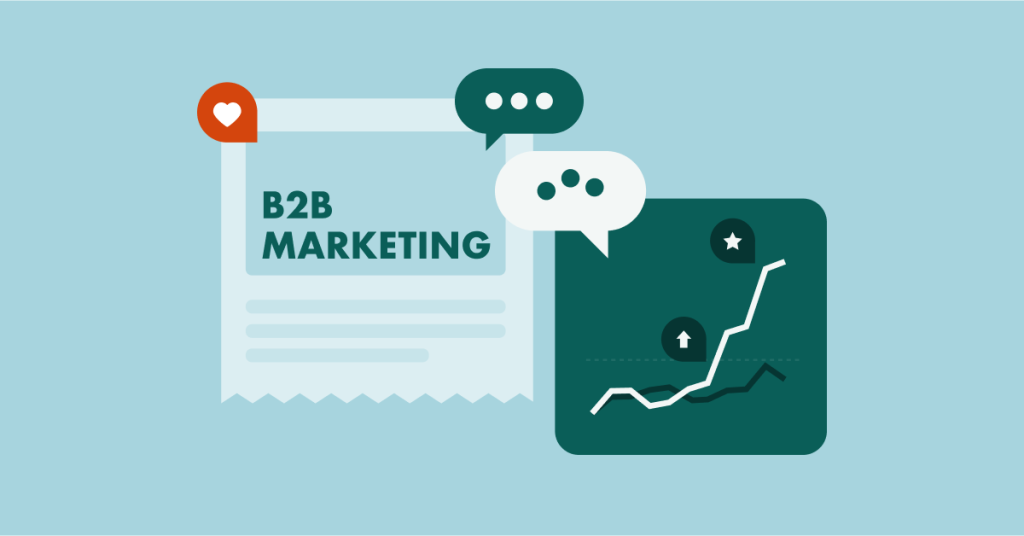Let’s be honest. The old B2B marketing playbook is getting a little… tired. Cold emails vanish into the void. Content gets lost in the noise. And the trade show floor? Well, that’s a story for another day.
But there’s a shift happening. A quiet revolution in how businesses find and connect with each other. It’s not on the chaotic open sea of social media, but in the focused, purpose-built harbors of professional community platforms. Think LinkedIn Groups, industry-specific forums like Indie Hackers or Stack Overflow, and private Slack or Discord workspaces.
This isn’t about shouting your message. It’s about joining the conversation. Here’s the deal on how to do it right.
Why Communities Beat Cold Calls Every Time
Imagine walking into a room where everyone is already talking about the problems you solve. That’s a professional community. The trust and relevance are pre-baked.
The benefits are profound. You gain unfiltered market intelligence. You hear the exact language your prospects use, their daily frustrations, and their unmet needs. This is pure gold for your product development and content strategy.
Then there’s the trust factor. In a community, you build authority not through ads, but through action. Answering a tricky question, sharing a valuable resource, or just listening—these acts build more credibility than a dozen case studies. It’s the difference between being a stranger at the door and a trusted member of the neighborhood.
Finding Your People: A Strategy for Platform Selection
Not all communities are created equal. You can’t just jump into the first one you find. The key is strategic alignment.
Where Does Your Ideal Client “Live” Online?
Start with the obvious: LinkedIn. But don’t just join any large group. Look for niche communities with active, quality discussions. A smaller, highly engaged group for “FinTech CTOs” is infinitely more valuable than a massive, spam-filled group for “Technology Professionals.”
Then, look beyond. For SaaS companies, platforms like Product Hunt or specific subreddits can be treasure troves. For developers, well, Stack Overflow is the holy grail. For founders and entrepreneurs, communities like Indie Hackers or Beehiiv’s network offer incredible peer-to-peer connections.
The goal is to be where your customers are, not where it’s simply convenient for you to be.
The “Give First” Mindset: The Only Rule That Matters
This is the non-negotiable core of community marketing. If you enter with a sales-first mentality, you will be spotted and ignored—or worse, ejected. You have to adopt a “give first” mindset.
What does that look like in practice?
- Provide genuine answers. See a question you can solve? Don’t just post a link to your blog. Write a helpful, substantive answer. Maybe, at the very end, you can say, “We also explored this in more depth here if you’re interested.”
- Share resources that aren’t yours. Build trust by sharing a competitor’s fantastic article or a useful free tool. It sounds counterintuitive, but it proves you’re here to educate, not just capture.
- Make introductions. If you see two members who could benefit from knowing each other, connect them. Become a connector, not just a participant.
Honestly, the ROI on this mindset is a stronger brand, real relationships, and leads that come to you already warm.
A Practical Playbook for Community Engagement
Okay, so you’ve found your community and adopted the right mindset. Now what? Let’s get tactical.
1. Listen and Learn (The Lurking Phase)
Don’t post anything for the first week or two. Just read. Understand the community’s culture, its inside jokes, its pain points, and what it considers valuable. This is your reconnaissance mission.
2. Add Value, Not Noise
Your first contributions should be low-key and high-value. Answer a straightforward question. Upvote a great comment. Share an insightful industry news article with a sentence on why it matters.
3. Become a Thoughtful Contributor
Now you can start deeper engagement. Share a personal story about a failure and the lesson learned. Post an open-ended question that sparks discussion. Run a quick poll on a trending industry topic. The goal is to be a catalyst for conversation.
Here’s a simple framework for your contributions:
| Do | Don’t |
| Answer questions with detail. | Post a one-line “Great question!” reply. |
| Share unique insights or data. | Blast your latest blog post with no context. |
| Ask thoughtful, open-ended questions. | Use the group as your personal support desk. |
| Be human, show personality. | Use corporate, jargon-filled language. |
Measuring What Truly Matters
Forget vanity metrics. The number of posts you make is less important than the quality of the conversations you start. Here’s what you should actually track:
- Meaningful Connections: How many quality 1:1 relationships have you built?
- Inbound Inquiries: Are people starting to DM you with questions about your expertise or, eventually, your services?
- Community Influence: Are you being tagged in relevant conversations? Are your comments frequently upvoted or marked as helpful?
- Content Inspiration: Are you getting ideas for blog posts, webinars, or product features directly from community discussions?
These are the metrics that translate into pipeline and growth.
The Long Game: Building a Moat Around Your Business
B2B marketing through professional communities isn’t a quick fix. It’s a long-term strategy. It requires patience, consistency, and a genuine desire to be part of something bigger than your own sales goals.
But the payoff? It’s a sustainable competitive advantage. While your competitors are fighting for cheaper CPCs, you’re building a network of advocates, a source of real-time market intelligence, and a brand known for its generosity and expertise.
In the end, it’s a simple but powerful shift: from marketing to an audience, to building value within a community. And that, you know, is a revolution worth joining.


